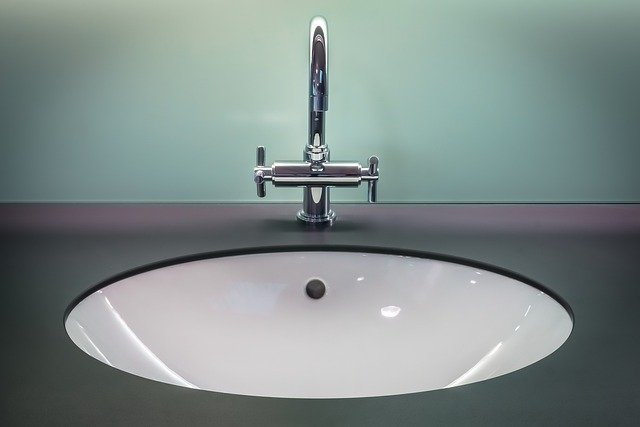Transformative Laser Treatments for Radiant, Youthful Skin
Discover how modern laser skin treatments deliver non-invasive skin rejuvenation by stimulating collagen and targeting pigmentation. From smoothing fine lines to reducing acne scars and redness, learn why laser therapies are increasingly chosen for long-lasting, radiant results.

How laser therapy stimulates skin renewal
Laser procedures rejuvenate skin by delivering controlled light energy into targeted layers. When laser light is absorbed by skin tissues, it creates micro-injury or thermal effects that prompt the body’s natural repair mechanisms. This healing cascade increases production of collagen and elastin, the structural proteins responsible for skin firmness and elasticity. In addition, certain wavelengths are absorbed by pigment or blood vessels, breaking up age spots, sun damage, and vascular markings. The combined effects improve texture, tone, and overall skin clarity without extensive surgery.
Skin concerns laser treatments can improve
Laser technology is adaptable and can address a wide range of cosmetic issues. Common indications include:
-
Fine lines and wrinkles: By stimulating collagen remodeling, lasers smooth expression lines and superficial creases.
-
Uneven skin tone and rough texture: Resurfacing lasers refine skin surface and reduce blotchiness.
-
Sun damage and age spots: Pigmented lesions respond well to lasers that target melanin.
-
Acne scars and other scarring: Ablative and fractional lasers remodel scar tissue to create a more even surface.
-
Enlarged pores: By tightening the skin and encouraging collagen, pore appearance often diminishes.
-
Rosacea and persistent redness: Vascular lasers target dilated capillaries and reduce chronic redness.
Because many laser platforms can be adjusted for depth and intensity, practitioners often tailor sessions to address several concerns at once, making laser therapy a versatile option for comprehensive skin improvement.
What to expect during a treatment visit
Your experience typically starts with a detailed consultation. A clinician will evaluate your skin type, discuss goals, review medical history, and recommend a laser or combination of lasers best suited to your needs. Treatment duration usually ranges from 30 minutes to an hour depending on the area and modality.
During the procedure you may feel warmth, tingling, or mild stinging. Most clinics offer topical anesthetic creams for comfort, and some devices use cooling systems to minimize sensation. Afterward, temporary redness, swelling, or a sunburn-like feeling is common; these effects generally resolve within a few days to a couple of weeks depending on treatment intensity. Your provider will give post-treatment instructions, which often include sun protection, gentle skincare, and avoiding certain activities while the skin heals.
Types of lasers used on the face
There are several laser categories, each engineered for particular concerns and recovery expectations:
-
Fractional lasers: These create tiny columns of thermal injury while leaving surrounding skin intact. The pattern encourages faster healing and robust collagen production and is effective for texture, fine lines, and scars.
-
CO2 lasers: Ablative CO2 devices remove outer layers of skin and are often reserved for deeper wrinkles, significant photodamage, and severe scarring. They produce dramatic results but typically require longer downtime.
-
Erbium lasers: These are a gentler ablative option, often preferred for more superficial resurfacing with shorter recovery compared to CO2.
-
Pulsed-dye lasers: Designed to target blood vessels, pulsed-dye lasers are commonly used for rosacea, redness, and visible capillaries.
-
Nd:YAG lasers: Versatile and deeper-penetrating, Nd:YAG lasers are suitable for a variety of skin types and are frequently used for skin tightening and hair removal as well as some vascular issues.
Each laser has pros and cons. Skin type, severity of concern, and recovery tolerance will guide which device is recommended.
| Treatment Type | Provider | Cost Estimation |
|---|---|---|
| Fractional Laser | Fraxel | $1,000 - $2,500 per session |
| CO2 Laser | Lumenis | $3,000 - $6,000 per session |
| Erbium Laser | Sciton | $1,500 - $3,000 per session |
| Pulsed-Dye Laser | Vbeam | $300 - $600 per session |
| Nd:YAG Laser | Cutera | $200 - $800 per session |
Prices, rates, or cost estimates mentioned in this article are based on the latest available information but may change over time. Independent research is advised before making financial decisions.
Costs, sessions, and choosing a provider
Costs vary widely based on the technology, geographic location, and practitioner expertise. Many treatments require a series of sessions for optimal outcomes, and clinics often offer package pricing. When selecting a provider, prioritize board-certified dermatologists or experienced medical practitioners who have training on the specific laser system you need. Ask to see before-and-after photos of patients with similar concerns and inquire about expected downtime, potential side effects, and maintenance recommendations.
Recovery and long-term care
Post-procedure care influences results. Following professional aftercare—gentle cleansing, moisturization, strict sun protection, and avoiding irritants—helps speed recovery and preserve results. Some patients benefit from periodic maintenance sessions to sustain improvements, especially for issues like pigmentation, vascular changes, or ongoing photoaging.
Final considerations
Laser skin treatments offer a powerful way to rejuvenate skin with results that range from subtle refinement to dramatic resurfacing depending on the device and settings used. Advances in laser technology have made treatments safer and more adaptable to different skin types, but outcomes depend on proper assessment, skilled application, and appropriate aftercare. Discuss your goals and concerns with a qualified clinician to determine the best approach and realistic expectations.
This article is for informational purposes only and should not be considered medical advice. Please consult a qualified healthcare professional for personalized guidance and treatment.





